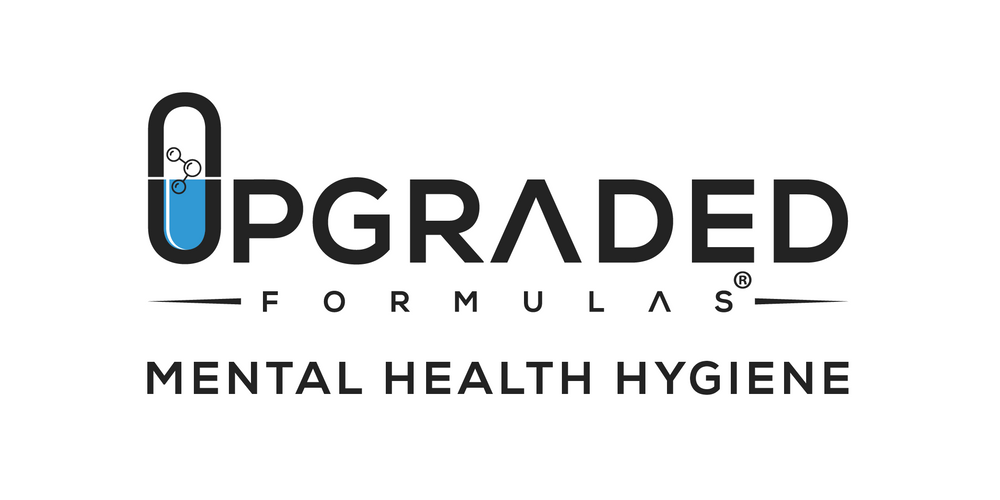Not sure what your chromium levels mean on a Hair Tissue Mineral Analysis (HTMA)? Don't you worry, we got you!
But first, check out our first blog all about chromium here to get a review on just what it's important for and what are symptoms of imbalances.
Just like with many other minerals, interpreting them at face value on an HTMA is not usually what it seems, and this is the same case for chromium. Chromium is an interesting mineral because it is not only an essential nutrient, but it can also become toxic if there is too much of it. Therefore, it's important to pay attention to other minerals on the HTMA, get a thorough medical history, and understand a client's symptoms before jumping to conclusions on anything.
Chromium can be influenced by other nutrients that can either be synergistic or antagonistic to it. This means it can either be elevated and increased in absorption or decreased depending on how it interacts with other nutrients. This is why it's so important to never look at an HTMA through the interpretation of single minerals, but always in ratio to something else.

Synergistic nutrients to chromium are glucose (which make sense for it helps with carbohydrate metabolism primarily), magnesium, manganese, zinc and vitamin B6. This means these nutrients help with the absorption and elevation of chromium. It is rare that these nutrients will lead to chromium being toxic, hence if chromium is ever high on an HTMA there are a few things we want to look at: heavy metal toxicity or toxic forms of chromium in the environment.
A heavy metal that forces chromium out of the cell is lead, but toxic forms or dysregulation of manganese, cobalt, iron and copper can also cause this. In addition, environmental chromium that can lead to "toxic chromium" are things like stainless steel pots and pans, dental material, exposure to cement and tobacco use.

To add more confusion, and mental acrobatics, if one has copper dysregulation, iron overload, lead toxicity, manganese toxicity or cobalt toxicity for too long, it can eventually lead to a deficiency, for it is pushing chromium out of the cell as mentioned above. Again, typically copper, iron, manganese and cobalt issues are not due to the foods you are eating, but could eb related to an underlying infection, stress, detox pathway blocked, medication, etc. It's always important to focus on the main body systems and core minerals first before jumping to conclusions when trying to balance any mineral, meaning focus on one's calcium, magnesium, sodium and potassium first and then move down the line.
That being said, here are some reasons one might have "toxicities" of these other nutrients that can lead to chromium deficiency:
- Copper dysregulation is usually related to adrenal stress or poor liver detox.
- Iron overload is usually correlated to copper dysregulation or an excess of added iron being taken in through packaged food, supplements, medication or there is an underlying infection.
- Manganese toxicity is typically related to either a bacterial infection or environmental triggers such as fertilizers, pesticides, hair dye, gasoline, etc. Even if not environmental, high levels of manganese could also be a sign of metabolic dysfunction.
- Cobalt toxicity is found in hair dye, radioactive solutions, batteries, joint/bone implants, or tires. However, high levels of cobalt can also be a sign of liver distress and poor methylation issue of B vitamins.
Conversely, there are antagonistic nutrients for chromium, meaning too much of these elements can push chromium down, and as mentioned above, the cobalt, copper, manganese are all obvious, but others like calcium, vanadium, vitamins B10 (also known as Para-aminobenzoic acid), B12 and D could also push it down.
Every HTMA case will be different, and how one approaches in rebalancing a chromium imbalance will depend on their current metabolic state, if they have a loss, a toxicity or a deficiency, and what is causing the chromium level to be in such a state in the first place.
If you're overwhelmed and not sure how to navigate this, definitely consult one of our nutritionists on the team by clicking here and booking a call with us by purchasing a hair test today.
Barbara Madimenos
Hair Tissue Mineral Analysis Practitioner
Functional Diagnostic Nutrition Practitioner
Integrative Health Coach


